Spring-time Wetland Education
With all the new folks following the blog, I think it might be time for a little recap of Wetland Education 101.
My involvement in wetland education began long before it culminated in writing a children’s picture book about coastal Louisiana’s wetland loss, acquiring my U.S. Coast Guard captain’s license, and starting educational wetland eco tours in 2004.
Rather, it began way back in 1979 when I took my first boat ride out to the Gulf of Mexico and saw the beautiful, healthy protective marshes which lie between the landing in Dulac and those warm salty waters. Over the years, saltwater inundation has destroyed those marshes, killing the valuable indigenous plants, resulting in the eventual and slow death of hundreds of acres of protective cypress trees.
All told, coastal Louisiana has lost total square mileage about the size of Delaware, and that loss is now measured in football fields to help us wrap our heads around the information–a football field every 45 minutes, to be more exact.
The first dynamic you must grasp is that any time a hurricane makes landfall to the west of us, our bayou communities are guaranteed a storm surge of varying heights. Back when the marshes were healthy, a seven-foot or smaller storm surge didn’t typically flood our communities, because the healthy marshes acted like a huge sponge, absorbing the water before it reached our homes.
The second dynamic that you must really understand about healthy marsh is that for every 2.7 miles of healthy marsh, a storm surge from the Gulf (wind-driven water) can be reduced by one foot. Communities like the one in which I live, (Bayou Dularge), haven’t always flooded. Rather, due to the deterioration of the protective marsh, these coastal communities have become more and more flood prone.
Now, however, our communities that lie 21 miles from the Gulf end up with standing water after a seven-foot surge, which prior to the 1970s would have gone unnoticed. As a matter of fact, in 2005 during Hurricane Rita and then again in 2008 during Hurricane Ike, a nine-foot storm surge rushed inland, unimpeded, leaving behind five to seven feet of standing saltwater in some places.
This fact drives home the reality that, in spite of ongoing coastal restoration projects, the marshes have not yet been restored to the protective levels prior to the seventies. That is bad news for Louisiana’s coastal/bayou communities.
But much like this little fern that sprouted up in a weathered dock piling, bayou people are tenacious, refusing to give up without a fight, choosing instead to focus on those things which are still vital and good about our way of life.
For example, I am, thankfully, still able to take my customers across water to the last living cypress swamp in this area, exposing them to the lushness which still bursts forth within its boundaries. There’s nothing quite like drifting among the moss-draped cypress trees where blue herons glide gracefully across the bayou, curious about our presence there. Honestly, the majesty is so overwhelming that I can forget for just a few moments the uncertainty of the future of our way of life and culture.
2014 marks ten years that I’ve been writing and speaking about, making people aware of, and guiding them through the remaining uniqueness of the Louisiana wetlands. All the while, this treasure continues to wash away with the encroaching saltwater. Even with all my efforts, I seem powerless to stop the land loss or speed up the restoration, which causes me to take pause and reconsider this journey.
While I’m contemplating the future of my community as I’ve known it, how about I share with you poignant photos of our most recent wetland tour? It is absolutely amazing how much has changed in just the past week. New-growth cypress needles reach through the Spanish moss as if to welcome Spring, finally, to the swamp.
And guess who stood sentinel at the entrance to the swamp, just like he was last time?
Yep. Mr. Green Heron, himself. He deftly picks bugs from the alligator weed for his morning snack.
And guess what else is happening in the swamp?
The alligators are now wide awake, (although we woke this one from her nap), enjoying the warm sunshine, which has been AWOL for most of the past two months. We counted 14 on this two-hour tour!
And then there are the wading birds, resplendent in their breeding plumage. Just so you know–the colors in this photo have not been enhanced. Their natural colors at breeding time are just this brilliant!
This Little Blue Heron was content to sit in the shadows, watching us watch him!
And lastly,
this tiny turtle woke up just long enough to watch us snap his picture as we passed!
With me on this trip was my good friend, Steph, and cartographers Shizue and Ben from San Francisco. They shared with us their latest collaboration of cartography in Post navigation
Leave a Reply
25 Comments

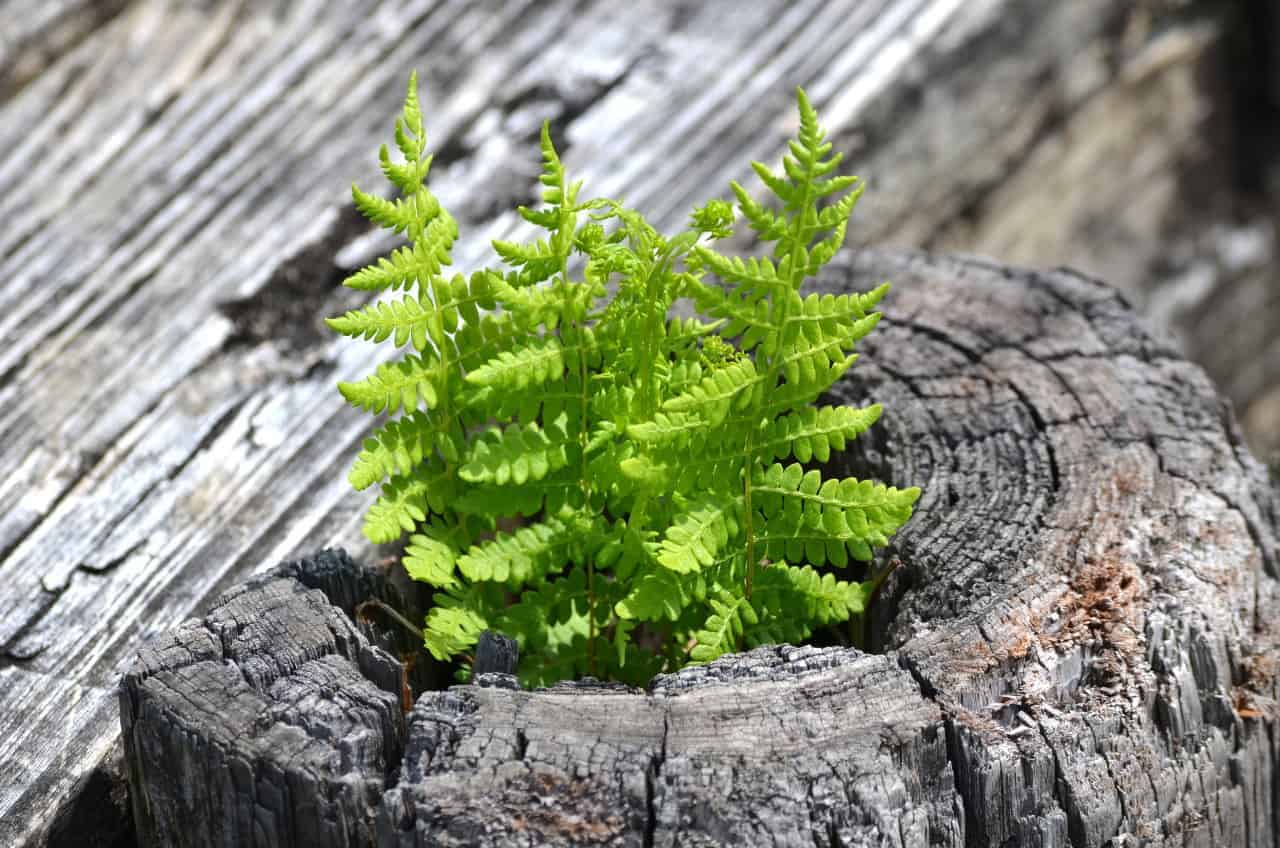
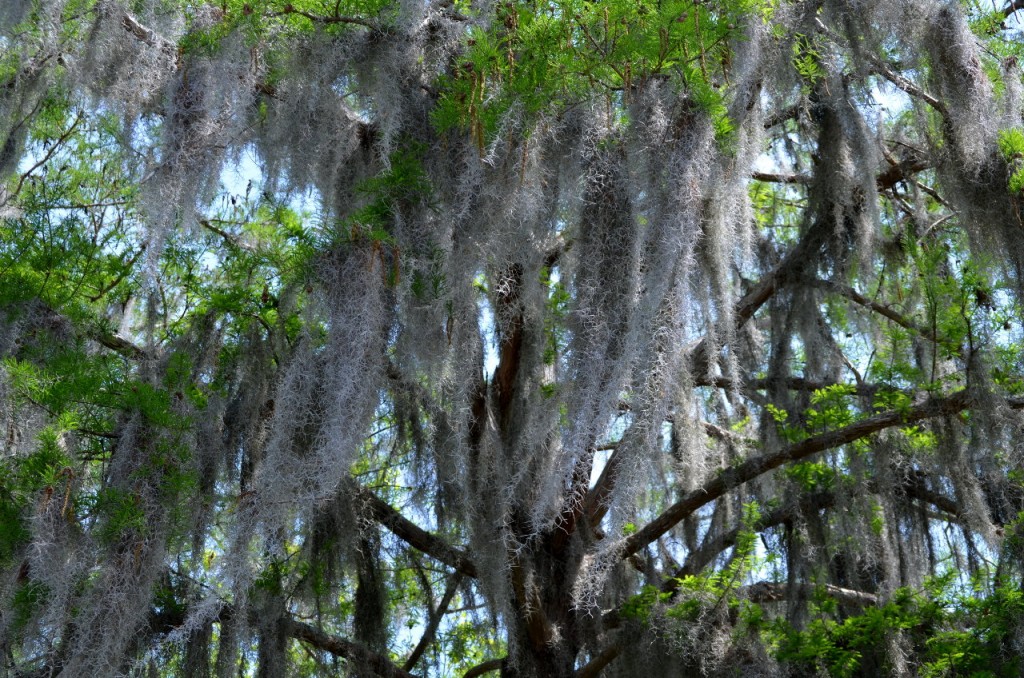
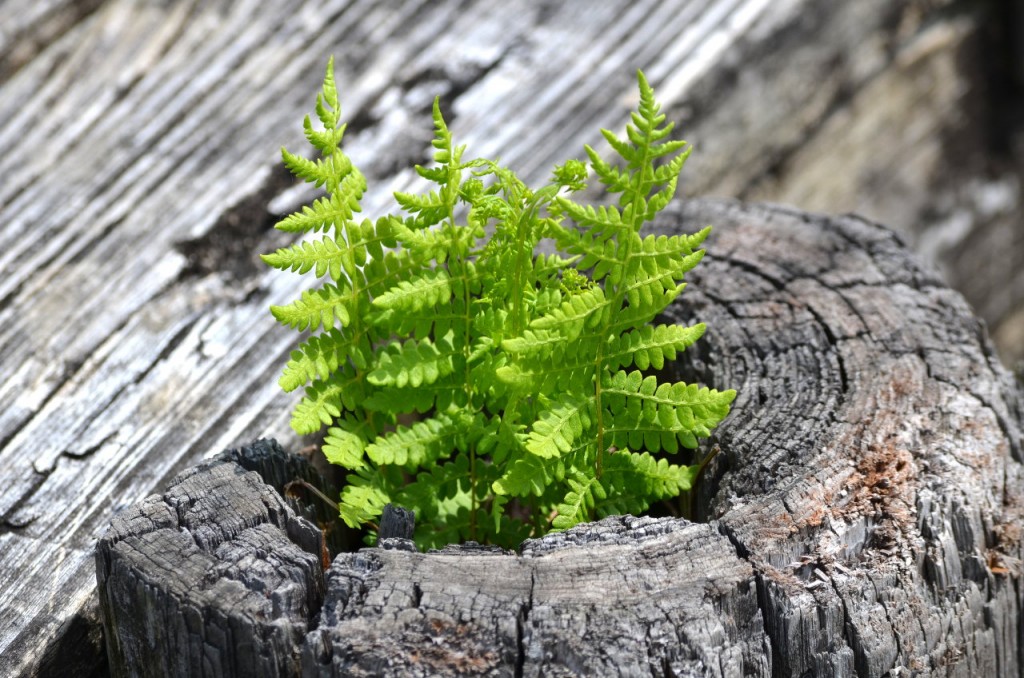
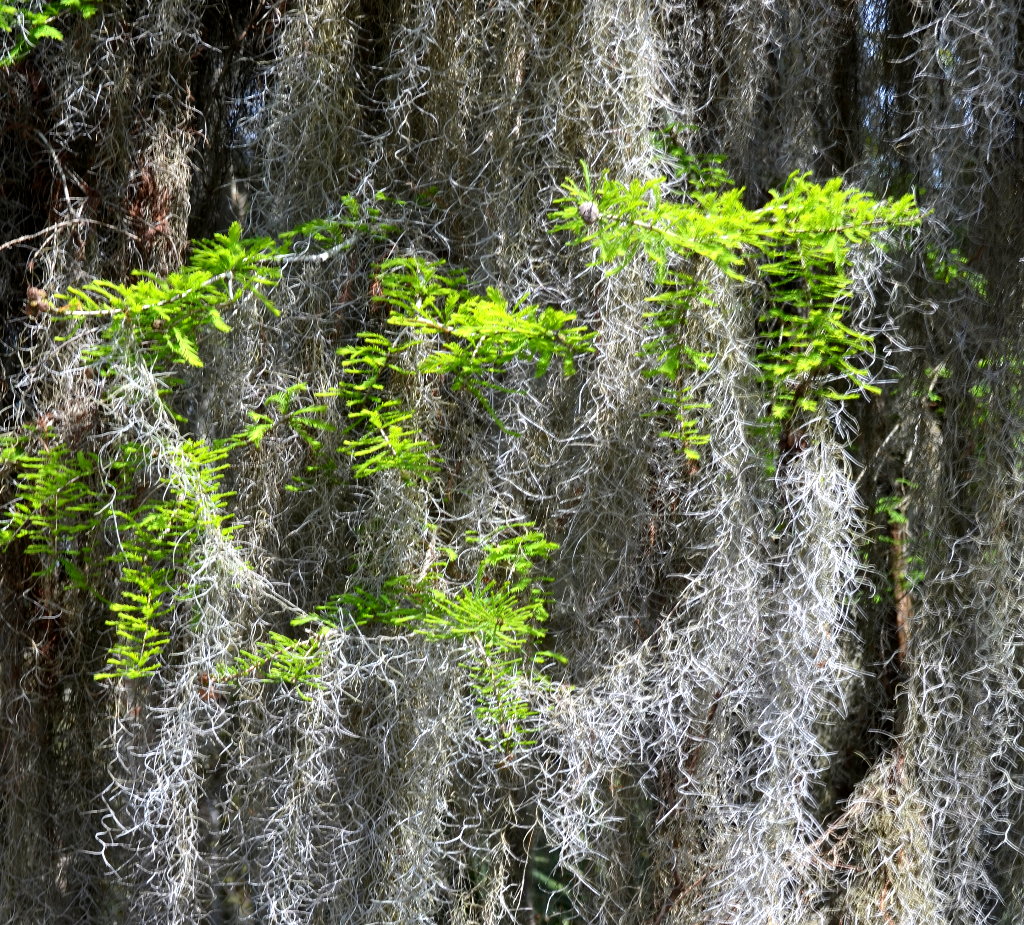
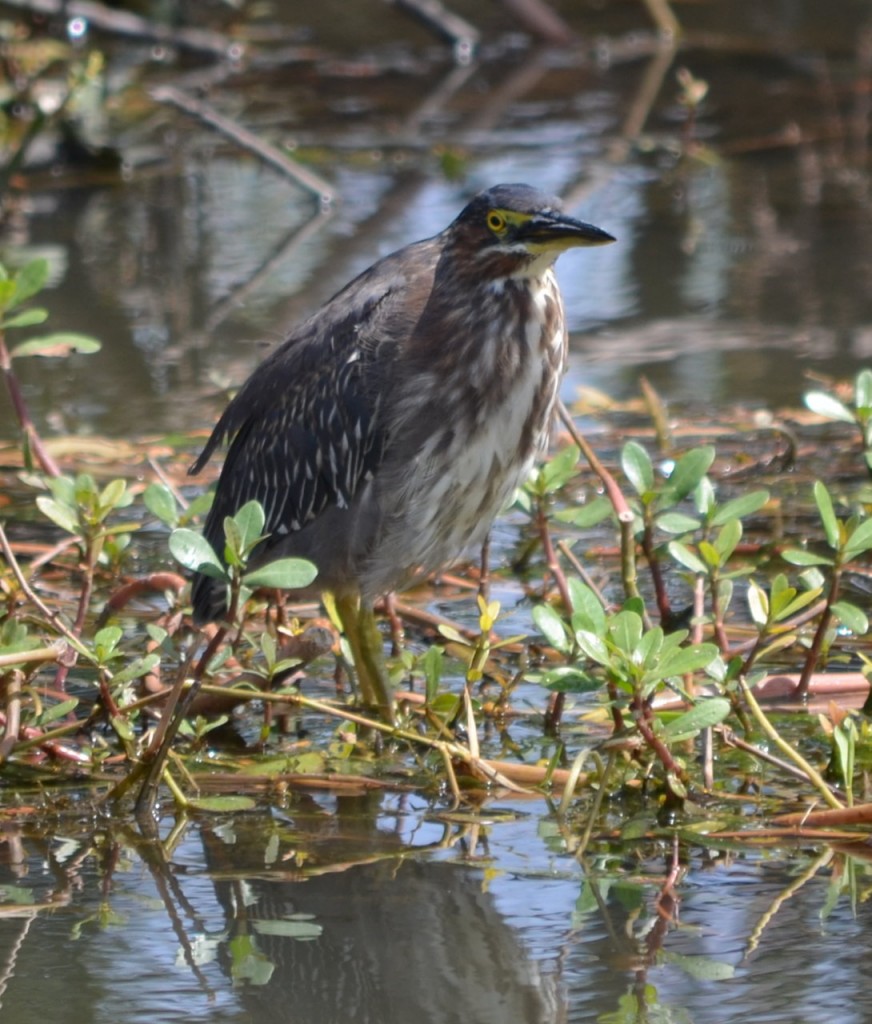
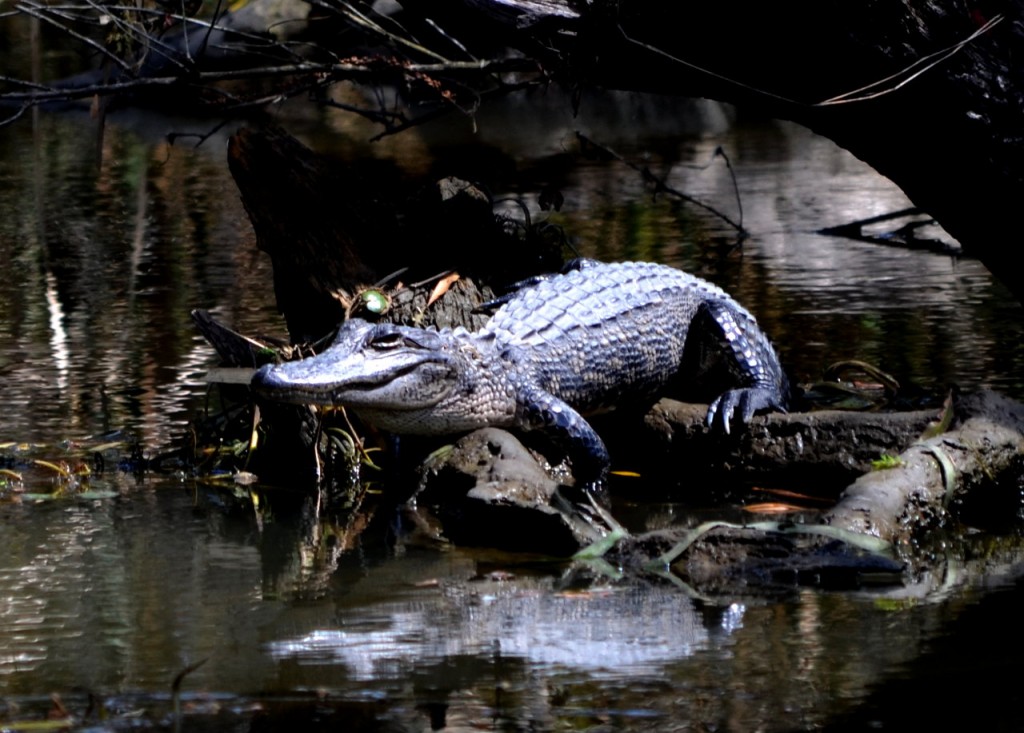

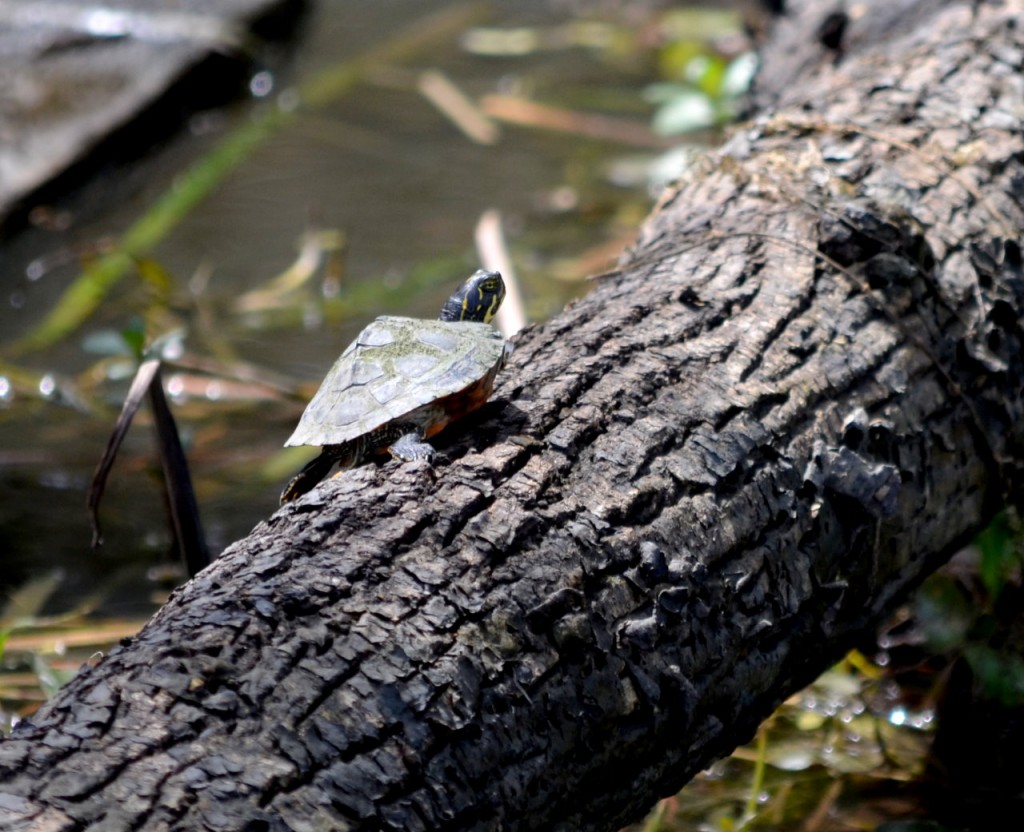




Oh, my. What fabulous photos. That blue heron is magnificent, and the green of the fern and the trees is so fresh and new. I was itchy to get going after catching up with your last post. Now I’m looking for the car keys. Patience, patience…
It’s good that you reminded all of us, again, of the situation over there. Heaven knows there are enough things going on in the world to occupy our minds, and an occasional reminder of the realities close to home always is warranted.
And I swear, even that alligator seems to be smiling!
He does, doesn’t he? 🙂
I hear you getting closer and closer to a trip back down . . . . .
Your photos are breathtakingly beautiful. Granted, I’m a sucker for moss draped cypress, birds and sunbathing gators and turtles. That little blue is gorgeous. I’ve ever seen one in breeding plumage before. I think I’d remember something that brilliantly blue!
While I believe the reasons for wetland losses here are a bit different from your area, the problems we face are still the same: reduced protection from storm surge and the loss of habitat for the many species who live in those wetlands.
I feel a rant coming on, so I’d better hush. I don’t want to mess up your lovely blog!
Well, Gue`, I truly understand a good rant . . . because it’s getting harder and harder for me to do my wetland education without going off on a tirade myself these days. Thanks for your kind words about the photos, but the swamp and the critters provide the subject matter and color, and I just look through the box and press a little button 🙂
Your photos capture the wonder of the wetlands well. I so enjoy seeing them & reading your blog entries.
Thank you, Donnakay!
Nice. I need a trip down and a new tummy. Exhausted today. Napping soon.
Ok -I loved the pictures and I am ready for a tour–I can read this story over & over. I have been living on the Bayou for 57 years and have never seen a Heron that Blue before–Will be calling you soon–Friend a few Bayous away!!!!
If you want to bring the grandkids on a tour, let’s do it soon while everything is just waking up and not wait until it’s too hot! The only negative thing about this trip was the few gnats we had to tolerate. But they aren’t here all the time, as you well know! And I need to make it over to your bayou and see if any of your beautiful plans survived the winter.
Wonderful photos (as always).
Are you still doing wetland plantings? Have you been back to the areas where you have helped plant to see if any progress has been made?
Most of the partnership plantings are being done over on the Fourchon Ridge. I would still be helping with plantings if there were any projects partnerships going on near here that would allow me to bring people or just go myself. Of the two most recent areas planted, one is doing great and the other, the other had to be replanted because it was too hot when the planting took place. The sediment is self seeding most of the time, and the plantings are done just to speed things up and help hold the new soil in place. Often, there’s not money in a project budget for plants, so they’re sort of like the icing on the cake, so to speak. Cake’s just okay without iceing, but with it, well, you get the picture!
I must admit Capt. Wendy outdid herself on this one! 14 gators and what may have amounted to a flock of blue heron – my absolute favorite! The wildlife just seem to greet her boat around every twist and turn. If everyone in the country would take one of her wetland tours, they’d come to realize what those of us in south Louisiana already know: it is absolutely worth saving!
Congratulations on 10 years doing what you do so well! Thanks for more pictures of beautiful springtime in LA. I do miss this time of year in that part of the country. Can’t wait to see your pictures of the migration this year. I’m sure it’s started already!
Thank you, Kim, but let me clarify. I’ve only been blogging for going on 7 of those years. But it was my first paddle trip and the first galley copy of my book that solidified our friendship back in November 2004. I just love how things like that work. Do you remember meeting on that trip? We were kindred spirits destined to meet. And here we are . . . . still long-distance friends going on 10 years later! Pretty cool!
Bluest of blue!
Guess what? The first group of migratories came in with that front yesterday! They landed on the back road between Dulac and Cocodrie! Amazing colors on those tiny birds! I bet the chenier on GI is full this morning!
Need to get the Hummer feeders ready! Thanks for the tip.
Speaking of hummers, last weekend while sitting on the front porch, a hummer flew right up to me, hovered, realized I wasn’t a flower and zipped off! It was pretty amazing how close it came to me and we just looked at each other, eye to eye!!!!
So sweet you can fool a hummin bird!
Did I do that well or what!
Well, I must confess I think it was the bright vivid PINK on my tennis shoes that attracted him, LOL!!!
BTW, we have two newly hatched hummingbird chicks at http://phoebeallens.com/
Guess what I’ll be doing the next few weeks?
Awesome live cam! My cat keeps trying to sneak up on her. LOL
This the same cat that sneaks up on empty counters and diet coke cans? Ari the aussie is sometimes inspired by u tubes but he is not allowed out of utility often. River is teaching him how to sneak up on robins and grackels.
How neat!!!!